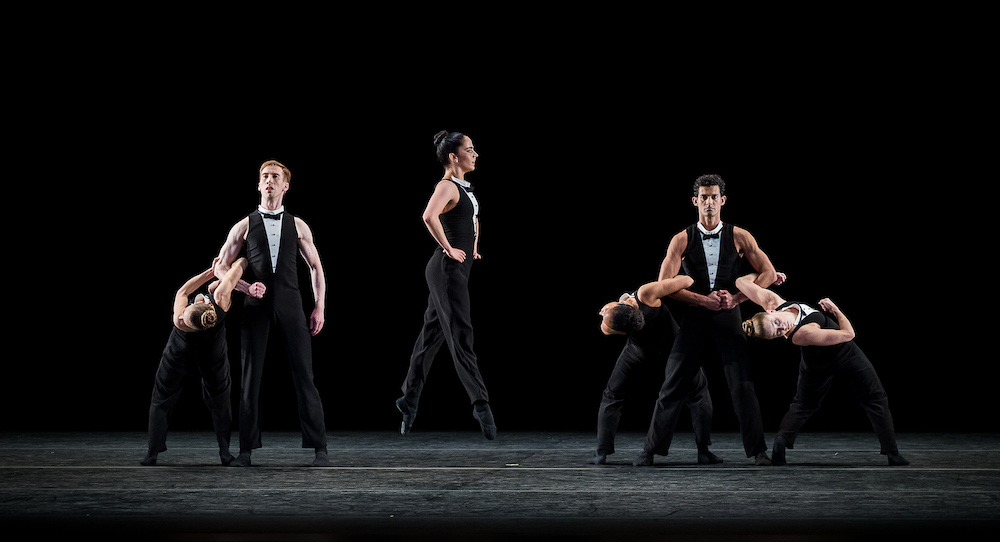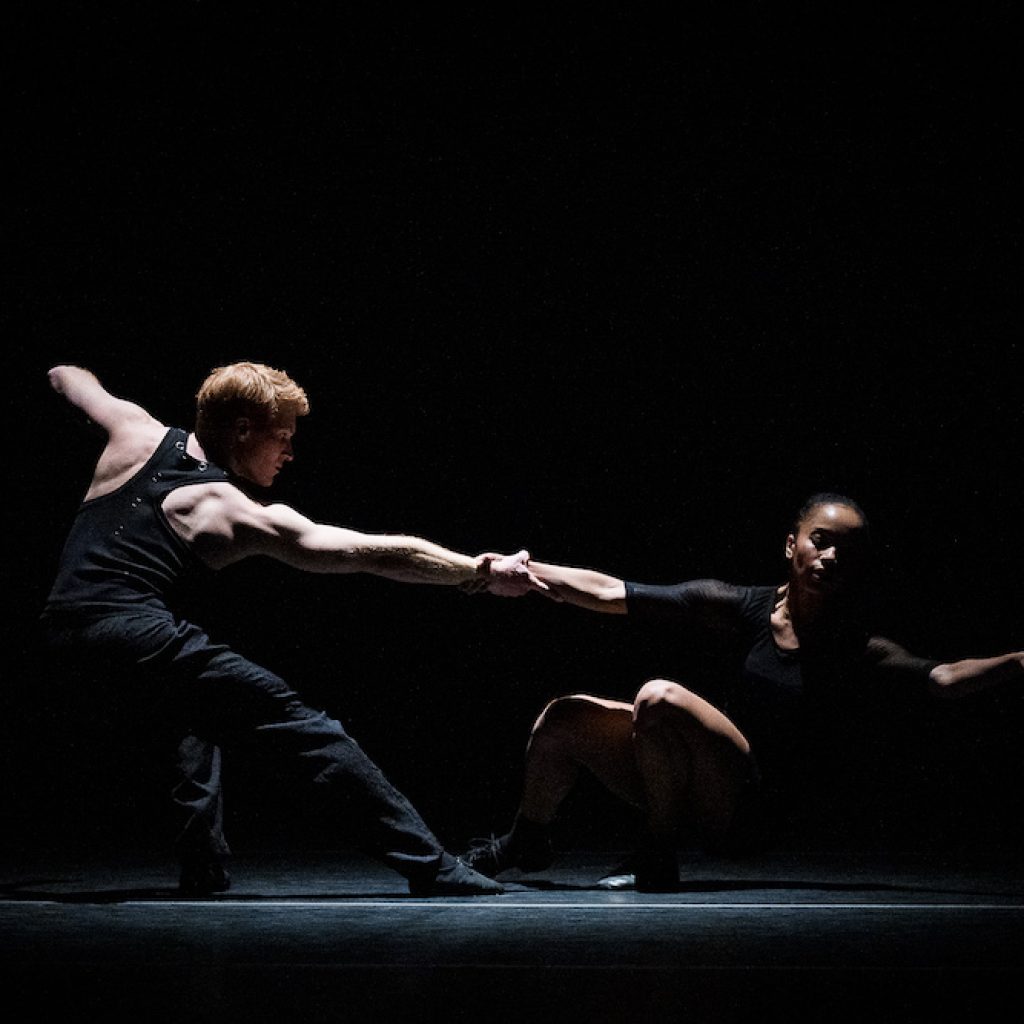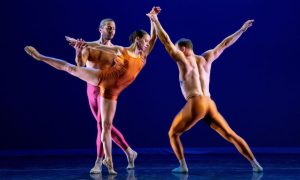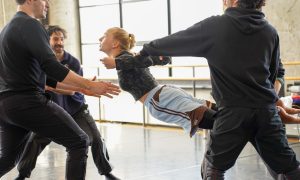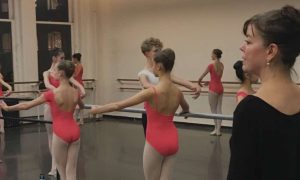New York City Center, New York, NY.
March 16, 2025.
Twyla Tharp is a force. At 83, she’s been making dances for 60 years and celebrates that achievement with a U.S. tour, aptly named The Diamond Jubilee Tour, stopping at the iconic New York City Center for an all-too-brief run in mid-March. With a body of work containing over 169 creations (dance, TV, film, Broadway, full-length ballets and even figure skating routines), the pool of potential dances to perform on this tour was deep. Despite the wealth of choices, Tharp chose Diabelli, a work from 1998 that was only performed four times (the only U.S. location was Iowa), as well as Slacktide, a new work for 2025.
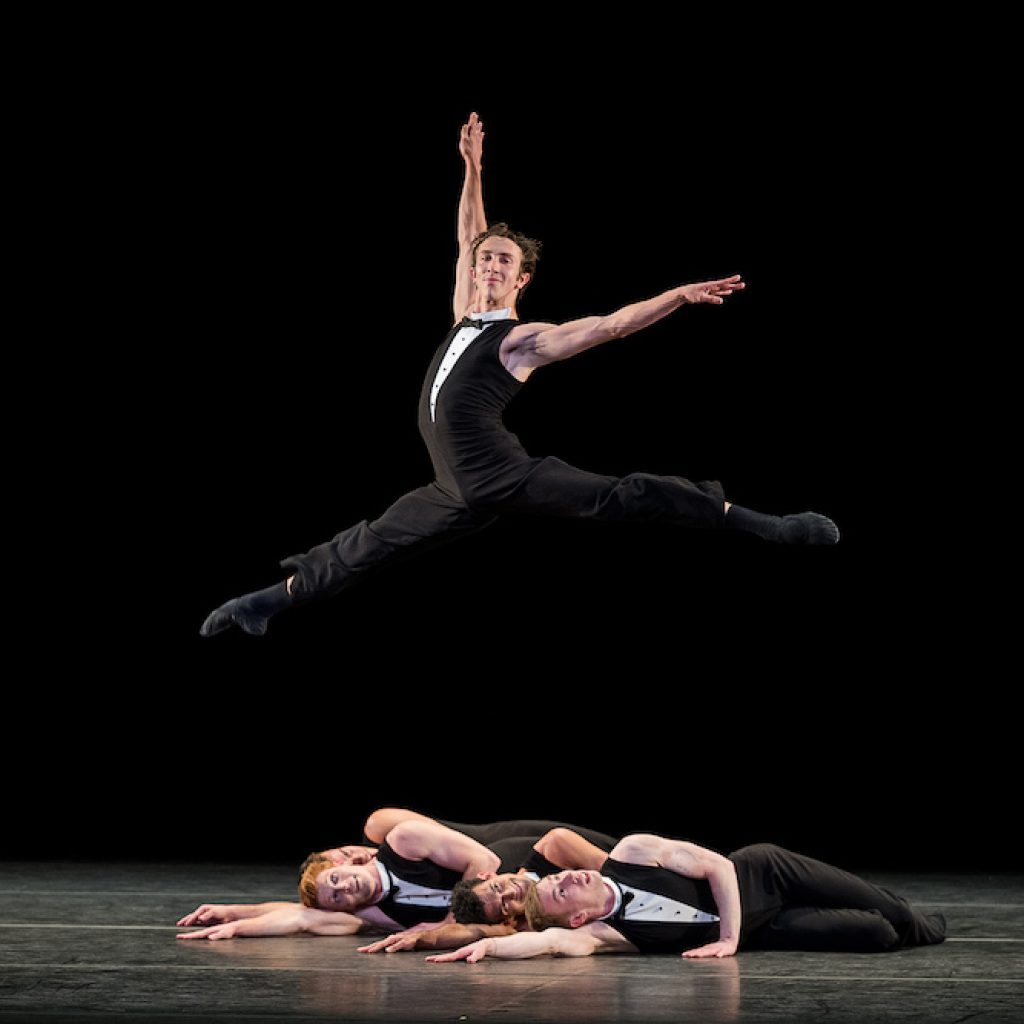
Diabelli is a massive undertaking. At 55 minutes, the work is framed around the 33 Variations on a Waltz by Diabelli, composed by Beethoven. The music is complexly rich and varied, although well matched with the complexity and richness Tharp brings to the choreography. Not only is it intellectually dense, the movement itself spans from classical, to jazz, to swing, to pedestrian. Watching the dancers execute and integrate the wide range of styles, seamlessly, was a delight and a testament to their incredible technique level. Russian pianist Vladimir Rumyantsev accompanied live, raising the artistic bar with the nuanced layers that only live music provides.
A much shorter Slacktide followed intermission, set to a Philip Glass composition, performed live by the Third Coast Percussion (David Skidmore, Sean Connors, Robert Dillion and Peter Martin) with Constance Volk on flute. I went into this performance with a bit of knowledge about the process from other reviews and was on the lookout for the homages and references to other famous dances, but found myself so enraptured and engaged in the totality of this work, I didn’t recognize the historical callouts. In the same way that Tharp and her dancers master the art of making the difficult seem effortless, these nuances were nestled into the choreography in such a way that despite hunting for them, I couldn’t see them due to the impeccable integration into the work, but I could feel them and their weight.
The brilliance of the choreography is quite obvious, and it’s a treat to have Tharp making new dances after 60 years. It’s worth noting the fearlessness she also employs in casting; not a single dancer onstage looked like another and Tharp consistently uses dancers from the highest rank of ballet companies to young dancers without much career history, and this effort proves the potential in dance exists for everyone – her dancers are always stunning technicians, but they are also rich artists, deeply humble and open to creation. It’s very hard work, but the result appears to be anything but a struggle. Sometimes all facets of art come together intentionally and take you to a place of intellect, beauty and strength, and this was one of those special times.
By Emily Sarkissian of Dance Informa.


